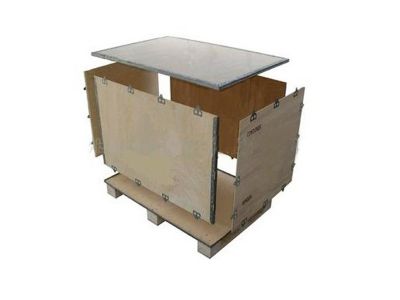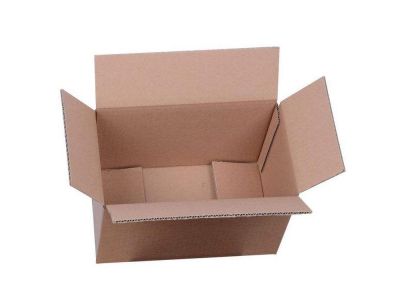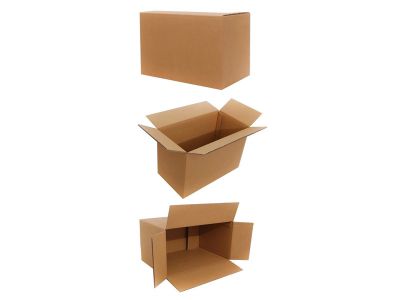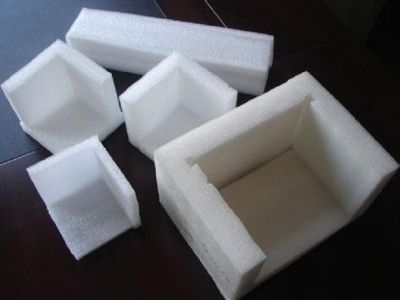Wooden packing material is an important carrier of forest diseases and insect pests. If it is not properly controlled, it will have a serious impact and cause great losses to enterprises and society. Wood packaging materials are often discarded at will after being disassembled when the goods arrive at the destination. Once the packaging materials come from the endemic countries, pine wood nematode is easy to spread. In cross-border trade, many kinds of forest diseases and insect pests can spread internationally with wood packaging materials. Pine wood nematode (Bursaphelenchus xylo2philus) is one of the plant harmful organisms prohibited from entering China,
It is also recognized as an important pest in the world. Pine wood nematode (Bursaphelenchus xylophilus), for example, was first isolated in 1929 by Steyne and Bucher of the United States in the laboratory of Texas. Zhengong and Qingyuan of Japan reported pine wilt caused by Bursaphelenchus xylophilus in 1972. At present, this disease has not been found only in northern Qingsen and Beihai Dao counties. Bursaphelenchus xylophilus was found in Zhongshan Mausoleum of Nanjing in 1982, Hong Kong in 1985, Shenzhen in Guangdong in 1988, Yantai in Shandong Province and Ningbo in Zhejiang Province in 1991. From August 1998 to October 1999, the entry-exit quarantine bureaus of Ningbo, Shanghai, Guangzhou, Nanjing and Shenzhen in China have intercepted 44 and 28 batches of Bursaphelenchus xylophilus from the wood packaging exported to China from the United States and Japan respectively [14]. In addition, longicorn, a vector emerging from diseased pine trees, can carry a large number of Bursaphelenchus xylophilus.






